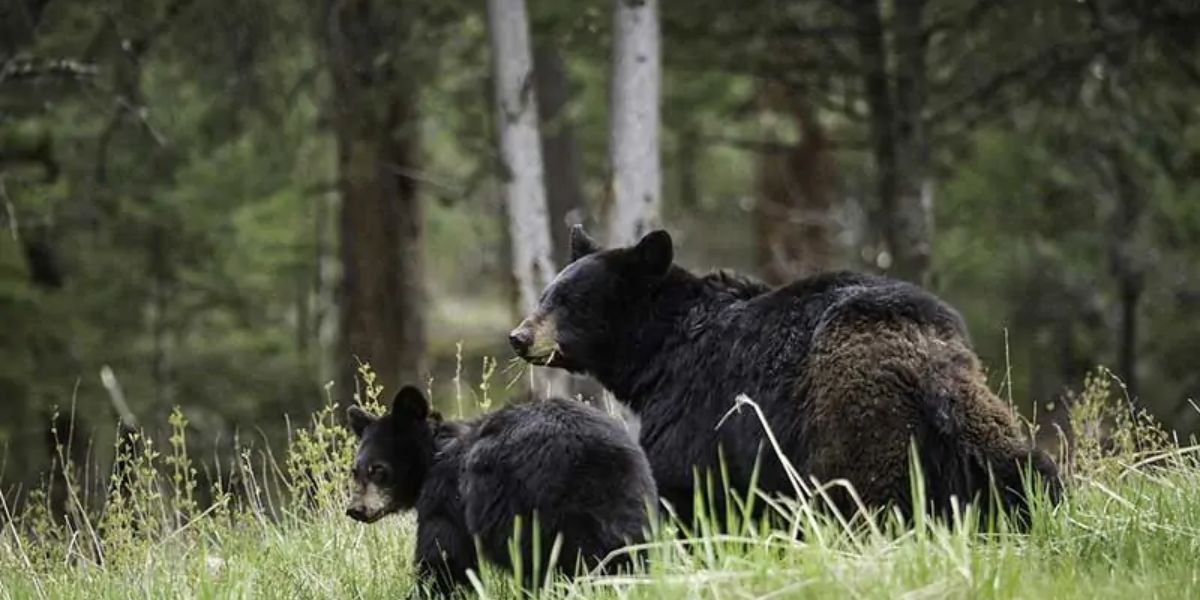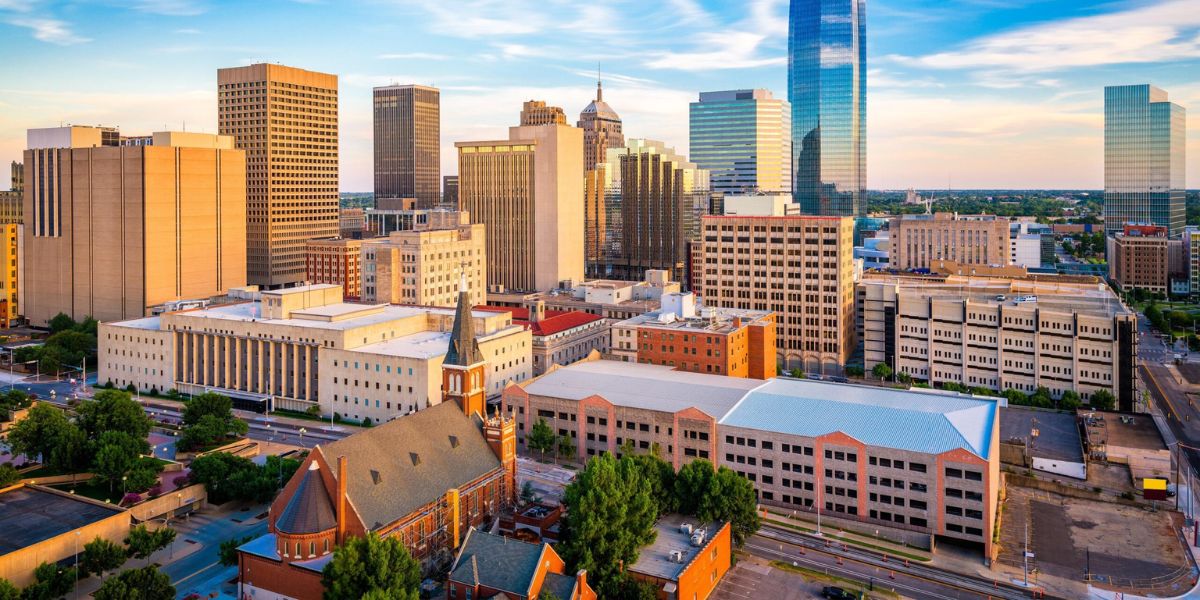Black bears, the only species of bear that can be found inside the borders of Minnesota, number somewhere between 13,000 and 18,000 inhabitants. In order to obtain food sources such as berries, acorns, and hazelnuts, they utilize forests and swamps in addition to clearings.
However, if they are unable to obtain these food sources, they will seek them out from other sources. They will even go as far as garbage cans and bird feeders in order to obtain nutrients.
Minnesota Is Home To Approximately 13,000-18,000 Black Bears
Bears are the subject of research conducted by the Department of Natural Resources (DNR) to investigate their usage of habitat, physical condition, and dening tactics, as well as their reproductive. The research, on the other hand, did not include any mortality reports that are associated with hunting.
There are only two individuals who lose their lives to bear attacks each year across the country, and Garshelis is one of the few researchers in Minnesota who has been studying bears for more than three decades, trapping and collaring hundreds of them, and not having a single experience with a bear that was either hostile or predatory.
In Minnesota, hunters take in an average of around 2,300 black bears per year, which is in line with the patterns that have been observed over significant periods. Bears may live for up to ten years before succumbing to other human-caused causes or being hunted down for sport hunting. Sport hunting continues to be the predominant cause of bear mortality.
By providing high-quality habitat, conducting research to improve our understanding of bear biology and behavior, educating the public about how to coexist with bears, assisting bears that are causing problems, controlling bear populations during hunting seasons, and collaborating with other organizations to conserve bears while reducing conflicts between people and bears, the Department of Natural Resources (DNR) is responsible for managing bear populations.




